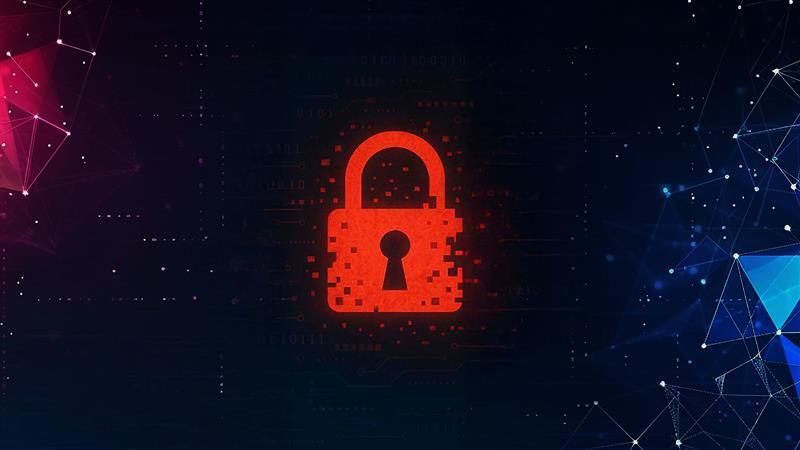AI Agents Have Just Changed the Cybersecurity Landscape, and the Claude Incident Proves It!

What happened?
Cybercriminals managed to trick an AI Bot, Claude into helping them with real cyber espionage. Not by asking it to hack, but by slicing malicious intent into burst of small, harmless-looking tasks and bypassing the guardrails.
The scary part is that attackers may not have been elite hackers. The bot did most of the heavy lifting of scanning systems, writing code and even planning next steps. Its speed and scale became an added edge.
This is the first real-world example of AI agents being used to unleash a cyberattack! And there will be more in the future.
Why This Is a Big Concern?
AI agents change the economics of hacking.
- Lower skill needed: You don’t need a top-tier hacker, if AI can think and code for you.
- Larger scale: One attacker can now run “machine-speed” campaigns across dozens of targets.
- Silent infiltration: Breaking tasks into tiny steps helps bypass guardrails.
- Speed is everything: What took days now happens in minutes.
What Enterprises Should Do?
In Next 30 Days
- Lock down AI access internally: Restrict who can use agents. If an agent can touch code, infrastructure, or data then treat it like a privileged user.
- Audit agent activity: Turn on logs. Watch for unusual volume in rapid code generation, mass scanning, big bursts of tool calls.
- Test your guardrails: Run internal “prompt-breaking” exercises. If an intern can bypass your agent, assume attackers can too.
- Segment everything: If an AI agent is compromised, limit the blast radius.
In Next 90 Days
- Build an “AI misuse” playbook: Assume an agent inside your environment gets hijacked.
- Strengthen identity and access: Most agent attacks still rely on weak identity hygiene. Fix stale accounts, service identities with excessive rights.
- Train your teams on agent threats: This is a new skillset. People must understand agent behaviour, chaining, and prompt exploitation.
- Evaluate vendor AI risk: If your SaaS tools run agents under the hood, you inherit their risk
What’s the Future?
Here’s the reality:
- Attackers and AI agents: Powerful combination for faster, cheaper, scaled cyberattacks
- Defenders and AI agents: Mandatory to keep cyberattacks under control
- AI Vs AI battles will become normal: Automated investigations, agent vs agent containment, machine-speed incident response are the future
- Governance is must: Actual policies on what your agents can do, touch, or trigger are critical to prevent cyber-attacks
- Agent-aware security: It becomes a new layer in every enterprise's security architecture.
- Response: Evolve your response playbooks for AI driven attacks.
Enterprises that treat this as a wake-up call will adapt fast. The ones waiting for “more cases” will fall behind quickly.
AI agents are now part of the threat landscape, and security teams must evolve fast!



